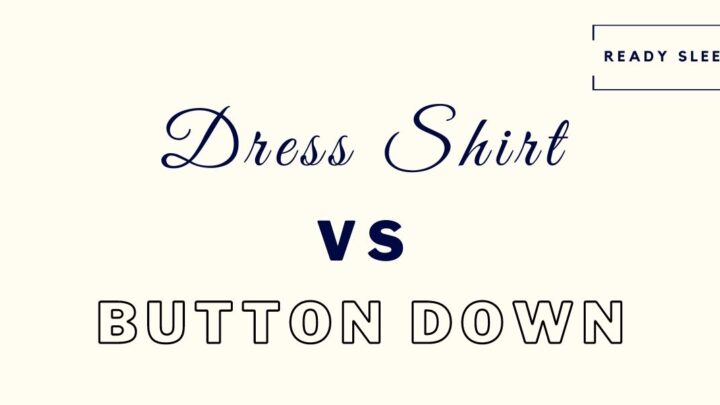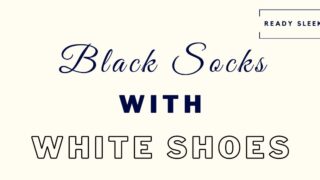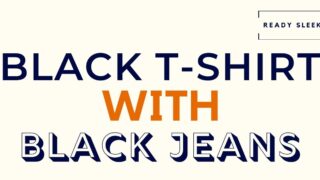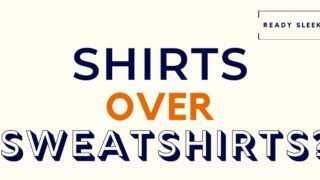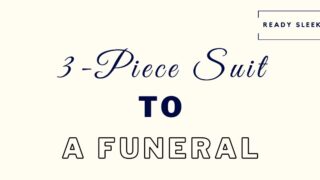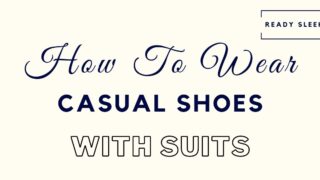The differences between them may seem insignificant at first, but that really isn’t the case. It’s a topic that has confused gentlemen for generations. So, what exactly is the difference between a dress shirt and a button-down?
A dress shirt is typically worn to formal events, whereas a button-down is suitable for most occasions. Dress shirts have a range of different collar variations, while a button-down has one collar type – with buttons on the points. Additionally, dress shirts are made to be tucked in.
Dress shirt vs button-down is a complicated topic but one that any men’s style enthusiast needs to get to grips with.
So, let’s dig deeper.
Dress Shirt Vs Button-Down: 4 Key Differences
While their differences seem minimal, there are some significant factors differentiating them. Here are 4 key differences you need to know.
Collar
The collar is arguably the most notable feature that separates dress shirts from button-downs. There are many differences in something as seemingly minimal as a collar.

Image From Deposit Photos
Firstly, and most importantly, button-downs have a button on each tip of the collar. This was initially for utility but has become the defining feature of a button-down over time.
Button-down collars are typically made of the same material as the rest of the shirt, and the rolls should feel soft and flexible, unlike the rigid structure of a dress shirt collar.
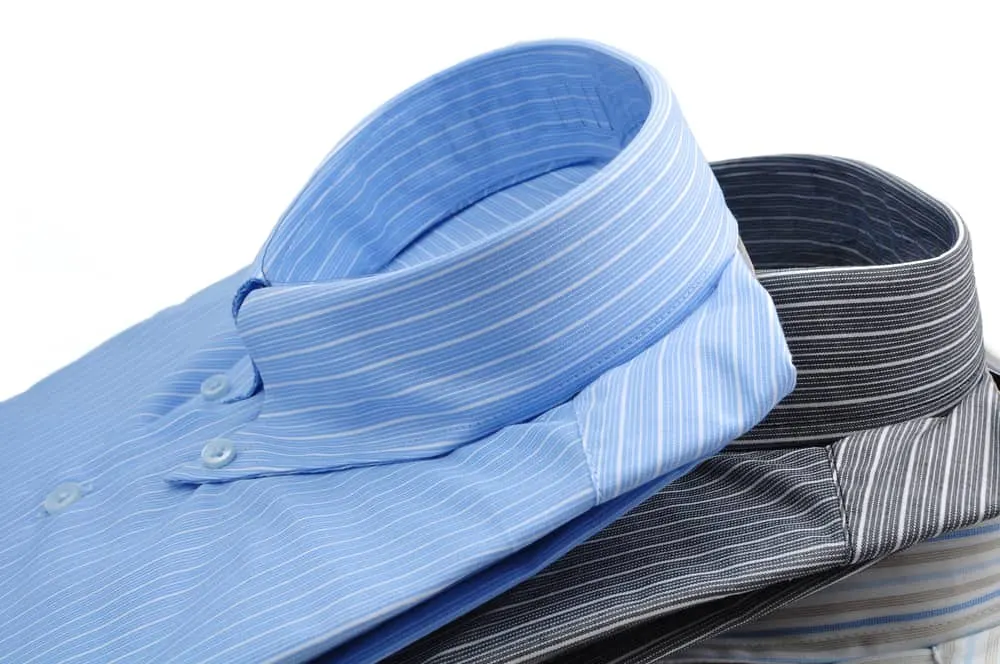
Image From Deposit Photos
There are only two types of collar to consider when picking a button-down: the long button-down collar and the short button-down collar. The difference between the long and short button-down collar is the tip length of the collar.
These are generally worn interchangeably as there is no difference in formality and little difference in appearance.
On the other hand, there is a wide range of dress shirt collars to choose from:
- Forward Point Collar
- Spread Collar
- Cutaway/Windsor Collar
- Club Collar
- Wing Collar
A forward point collar is always a safe, conservative choice – if you’re unsure what collar type to pick.
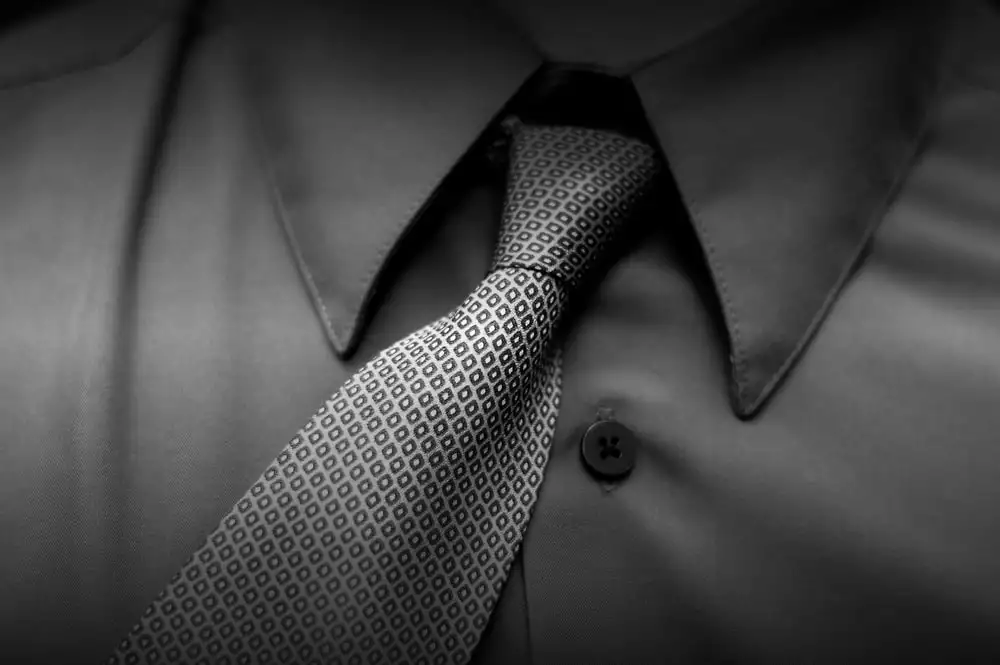
Image From Deposit Photos
It is versatile and appropriate for most situations, as well as coupling nicely with almost any tie knot. The distance between the collar points is narrow; this being the key feature of a forward point collar.
The spread collar forms a nice middle-ground regarding collars. It is ideal for any occasion and will maintain the standard at a formal event, while also having the ability to blend in casually at other types of events.
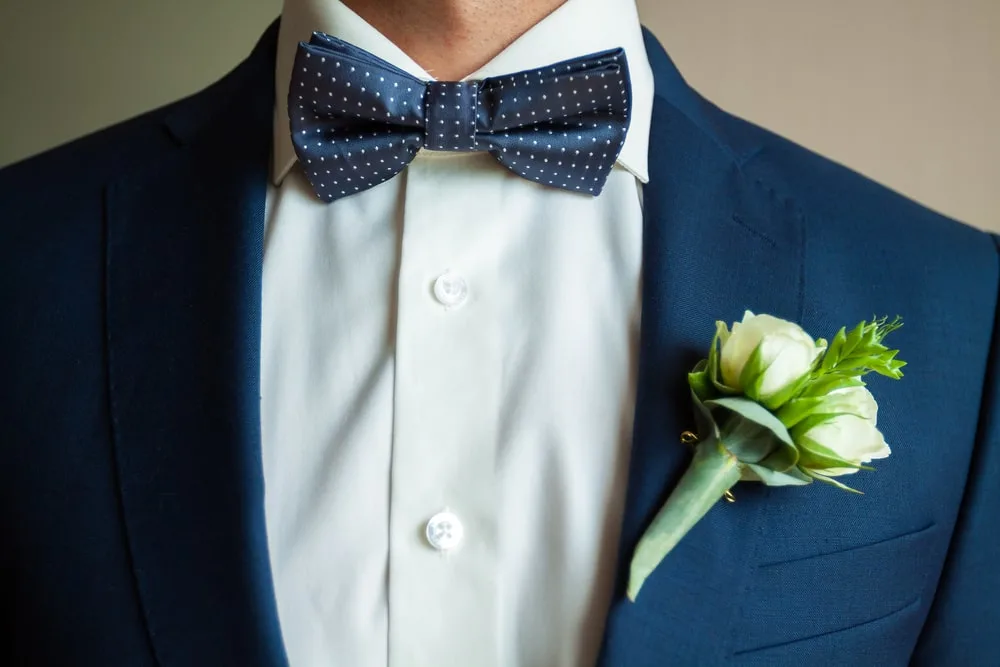
Image From Deposit Photos
Cutaway collars are also known as Windsor collars, referring to the fact that they were created to work alongside the Windsor knot. They are best for formal occasions and are typically fairly unusual.
Having rounded ends is an unusual feature for a collar – and that is exactly what defines a club collar. Club collars have rounded ends instead of the “sharp” tips of other types of collars and are appropriate for a semi-formal setting.
Finally, a wing collar is a relatively high collar that has its tips folded to look like wings. Generally used for formal occasions, the wing collar is often paired with a bowtie and tuxedo.
History
Both dress shirts and button-downs have a fascinating history behind them. The dress shirt first appeared much earlier than the button-down, but over time the purpose for shirts evolved therefore leading to the later invention of the button-down.
First seen in Europe in the 17th-century, dress shirts as we know them today were originally worn as an undergarment to protect items like waistcoats from sweat.
Evolving from then, in the Victorian era, a gentleman wearing a white shirt was seen as an important member of society, as he did not need to participate in manual labor – as most people did in those days.
Maintaining the crisp whiteness of the shirt was a difficult task at the time, and therefore having a different shirt for each day radiated authority.
Button-downs, first appearing in 1896, were invented for the Ivy league polo players. Polo players wearing shirts would commonly encounter the problem of collars flapping in their faces, while on horseback.
Invented to help prevent this problem, button-downs would keep the collar in place – even when riding a horse. Due to this they became popular sportswear and it wasn’t until the 1950s in America, they started to be used elsewhere.
Shirt Length
Shirt length is another factor in differentiating dress shirts from button-downs. Due to the formal nature of the dress shirt, it’s usually longer than a button-down since it is meant to be tucked in.
A dress shirt is generally an approximate length of 2.5 inches longer than an untucked shirt – such as a button-down.
Button-downs, therefore, are generallly a better option for more casual and informal events as they don’t need to be tucked in.
Fabric
The fabrics used for dress shirts compared to button-down shirts can be quite different. This is because dress shirts are typically worn to formal events whereas button-downs are generally more casual.
Poplin is a commonly used fabric for dress shirts. This is because it is a tightly-woven fabric with minimal sheen. Typically thinner and lighter than other fabrics, poplin is the perfect choice for summer attire.
Additionally, poplin has very little texture, meaning it is perfect for a formal event, particularly one where you wouldn’t want to draw attention to yourself. It’s important to keep in mind that poplin can be prone to creasing – more so than other fabrics.
Oxford fabric, on the other hand, is a widely used fabric for button-downs. This fabric is thicker and more durable than many other fabrics, making it perfect for cooler weather. On top of this, Oxford fabric is relatively wrinkle-proof.
It’s also worth noting that Oxford fabric is quite a textured fabric, therefore meaning it might not be appropriate for every situation. Generally, however, Oxford fabric is a safe choice.
Dress Shirt Vs Button-Down: How To Choose
Whether you’re attending a funeral or a party, knowing when to wear a dress shirt vs button-down is essential.
Formality
Dress shirts are ideal for formal events. Everything from the fabric they are typically made of, to the standard length of the shirt, points towards formal attire.
Most often worn with suits, dress shirts are generally white, however, they can also be found in different colors. In a formal setting, the acceptable alternative colors are off-white, light blue, and light pink.

Image From Deposit Photos
Small dots and other conservative patterns are another option for dress shirts. These, however, should be avoided at formal events and are more appropriate for semi-formal events such as a business party.
Due to their extra length and formality, dress shirts should always be tucked in.
Button-downs, on the other hand, should usually be avoided when wearing formal apparel. The extra buttons on the collar, and differences in fabric hint at informality and mean that overall, a dress shirt is a much better and more suitable option.

Image From Deposit Photos
Casual Events
While dress shirts are more suited to formal occasions, they can be worn as a casual garment too. Despite the fact that dress shirts should normally be tucked in, there are a few things you can do to make them more casual.
An example of this is rolling up your sleeves. Particularly on a warm day, rolling up your sleeves is the perfect opportunity to keep cool and maintain a casual look – if going for a dress shirt in a casual setting.
When rolling your sleeves, ensure that you are taking care to keep the fabric uncreased. Creased and improperly rolled sleeves can kill an outfit, so it’s important to avoid any sloppy sleeve rolling.
Another way to add a casual touch to your dress shirt is to leave one or two of the top buttons undone. On top of keeping you cool, undone buttons will add a touch of informality to your dress shirt.
Although dress shirts can be dressed down to suit more casual occasions, it’s recommended to simply opt for a button-down instead.
With a much wider range of acceptable fabrics, patterns, and colors, button-downs are the perfect choice when wanting to wear a shirt without looking overdressed. Their extra buttons also contribute towards a more relaxed look.
On top of this, button-downs are shorter than dress shirts and therefore do not need to be tucked in; another contributing factor to a more casual outfit.
Conclusion
In conclusion, there are many differences between dress shirts and button-downs. These differences can be quite confusing, however, just remember to consider your occasion and pick the appropriate attire.
Ready Sleek founder. Obsessed with casual style and the minimalist approach to building a highly functional wardrobe. Also a fan of classic, vintage hairstyles.

